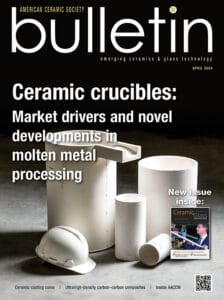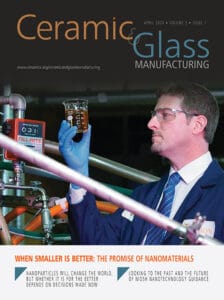Dr. Y. Shirley Meng received her Ph.D. in Advance Materials for Micro & Nano Systems from the Singapore-MIT Alliance in 2005, after which she worked as a postdoc research fellow and became a research scientist at MIT. Dr. Meng currently holds the Zable Chair Professor in Energy Technologies and professor in Materials Science & NanoEngineering at University of California San Diego (UCSD). Dr. Meng is the principal investigator of the research group – Laboratory for Energy Storage and Conversion (LESC). She is the founding Director of Sustainable Power and Energy Center (SPEC) (2005-2020).
In 2020, she is named as the inaugural director of Institute for Materials Discovery and Design (IMDD). Dr. Meng received several prestigious awards, including the Faraday Medal of Royal Chemistry Society (2020), International Battery Association Battery IBA Research Award (2019), Blavatnik Awards for Young Scientists Finalist (2018), American Chemical Society ACS Applied Materials & Interfaces Young Investigator Award (2018), C.W. Tobias Young Investigator Award of the Electrochemical Society (2016) and NSF CAREER Award (2011). Dr. Meng is elected Fellow of Electrochemical Society (FECS) and Fellow of Materials Research Society (FMRS). She is the author and co-author of more than 240 peer-reviewed journal articles, two book chapters and five issued patents. she is the Editor-in-Chief for Materials Research Society MRS Energy & Sustainability
Research Website: LESC http://smeng.ucsd.edu/
Title: Designing Better Ceramic Materials for Future Batteries
Abstract: High energy long life rechargeable battery is considered as key enabling technology for deep de-carbonization. Energy storage in the electrochemical form is attractive because of its high efficiency and fast response time. Besides the technological importance, electrochemical devices also provide a unique platform for fundamental and applied materials research since ion movement is often accompanied by inherent complex phenomena related to phase changes, electronic structure changes and defect generation. In this plenary talk, I will discuss a few new perspectives for energy storage materials including new fast ion conductors, new intercalation compounds and their interfacial engineering. With recent advances in characterization tools and computational methods, we are able to explore ionic mobility, charge transfer and phase transformations in electrode and electrolyte materials in operando, and map out the structure-properties relations in novel functional ceramics materials for next generation energy storage and conversion. Moreover, I will discuss a few future priority research directions for electrochemical energy storage.
Subscribe to Ceramic Tech Today

Don’t miss the latest ceramic and glass materials news. Receive the CTT newsletter to your email three times a week by subscribing at this link.
Subscribe to Ceramic & Glass Manufacturing Weekly

Don’t miss the latest ceramic and glass business news. Receive the C&GM Weekly newsletter to your email every Monday by subscribing at this link.


